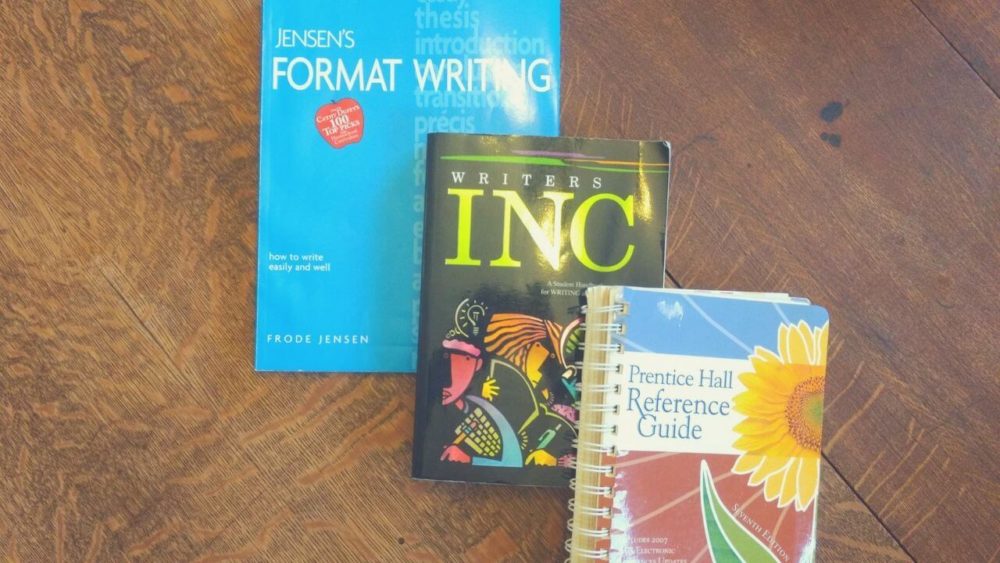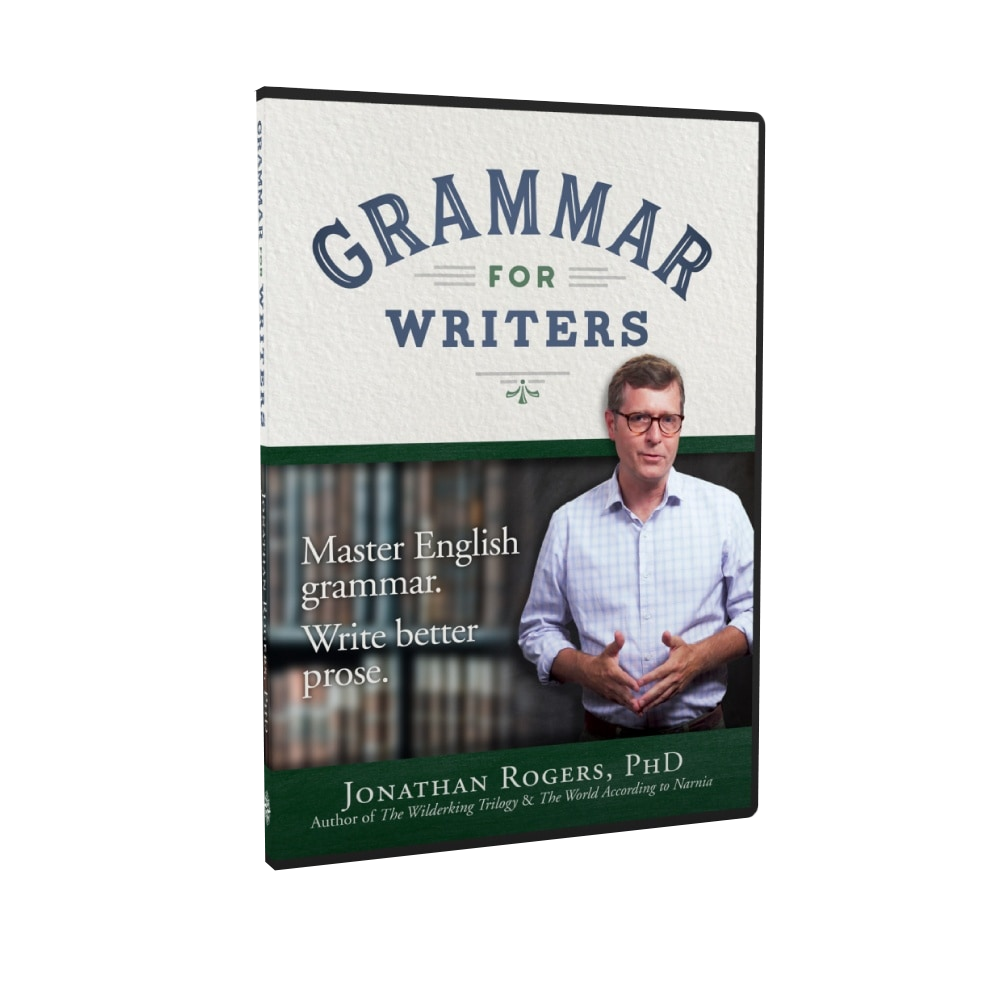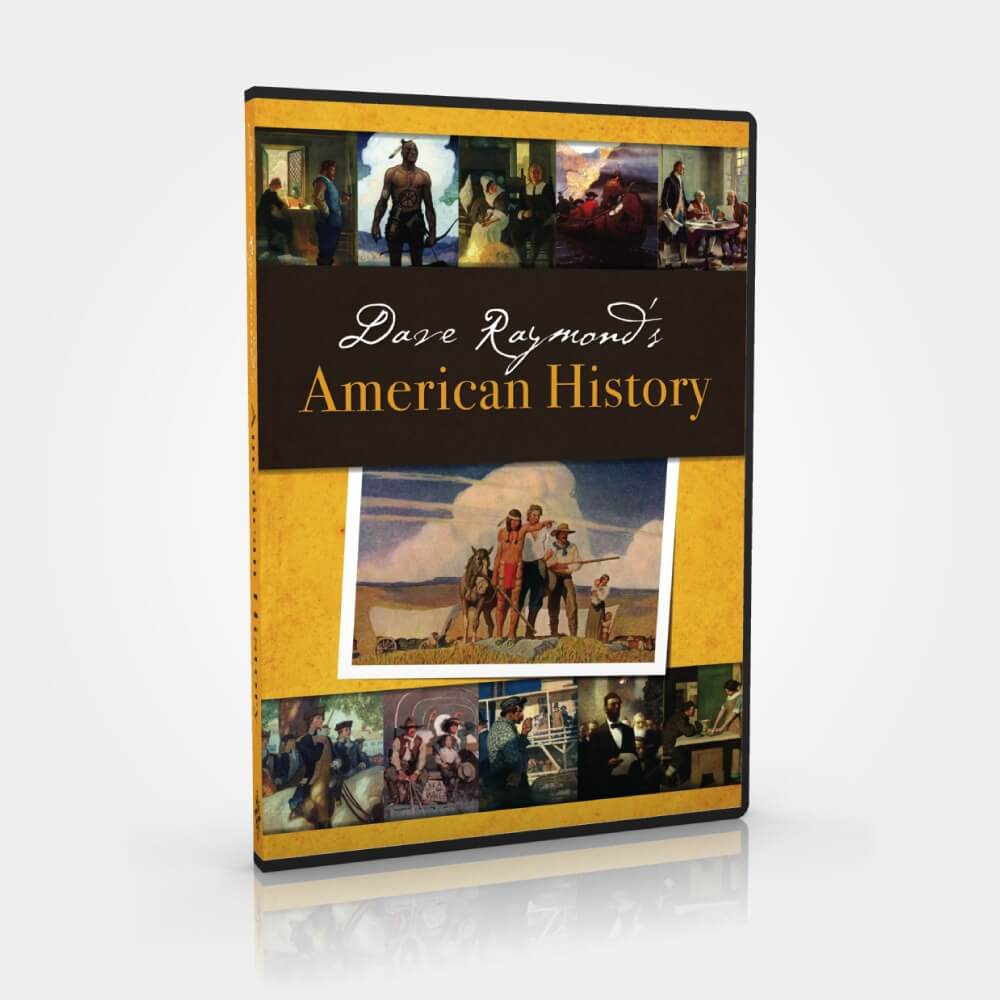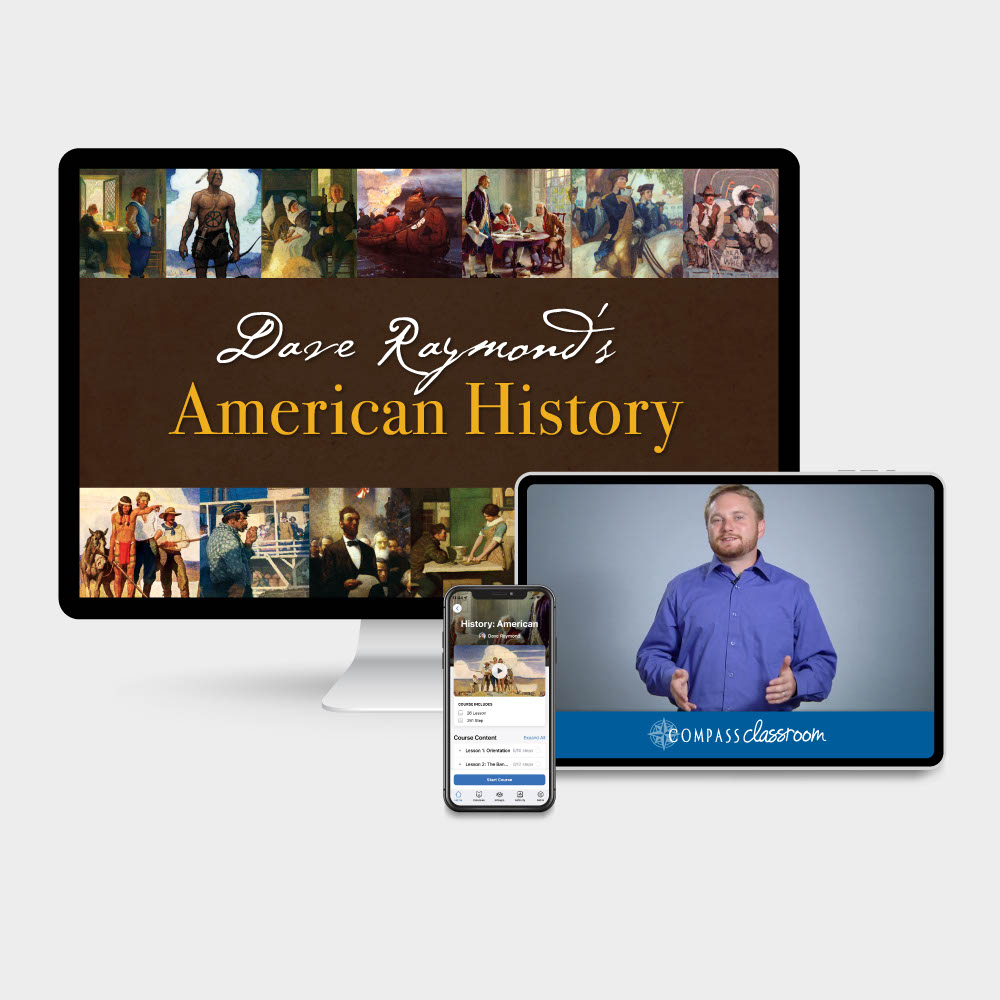5 Tips for Essay Writing

Essay writing causes anxiety for many homeschool parents and children. These tips will help you set expectations for essay writing and encourage your students to enjoy the process.
Looking for a grammar & writing curriculum?
1. Long Essays vs. Short Essays
Our textbooks reference regular essays and short essays. What’s the difference? A short essay usually answers one question with one main idea. Good short essays are 1-2 paragraphs in length with a paragraph consisting of about 7 sentences. Long essays are answers to questions that have more than one part or that require more than one point of response. The five-paragraph essay format is a good starting point for a long essay, and it easily expands for more in-depth topics.
2. Writing Thesis Statements
Short essays should state the topic in the first sentence, but long essays should have a thesis statement. A thesis statement usually comes at the end of the introductory paragraph and provides direction and structure for the essay. Solid thesis statements clearly express the topic of the essay and what the writer will be saying about the topic. Well written thesis statements provide an outline for the writer that makes the writing process easier.

3. Formatting Essays
Good paragraph practices and five-paragraph essay formats will create excellent short essays. However, if your child is college-bound, they should learn how to format a longer essay. Teaching MLA or APA guidelines in high school will prepare them for college writing. These formats work well with essay questions that require research.
4. Editing Essays
Editing seems to be the most dreaded part of the writing process. Students need to develop confidence in their writing, but they also need to take pride in the finished product. Encourage your children to share their writing with siblings and friends to help with the editing process. They can also use tools like Grammarly to help correct their own work.
5. Grading Essays
The purpose of the essays in our curriculum is to challenge students to think deeply about the lessons. Once they’ve developed thoughts, they can put them into words. Grading essays should start with simply identifying whether or not a student has correctly answered the question. Grammar, mechanics, spelling, and structure should be considered, but errors can be used as coaching opportunities for improving writing instead of negative points on the essay.
Essay Writing can feel like a monster of an assignment. Hopefully with these 5 Tips for Essay Writing projects will go smoother.
Some book links are from Amazon and as an Amazon Associate we earn from qualifying purchases.












